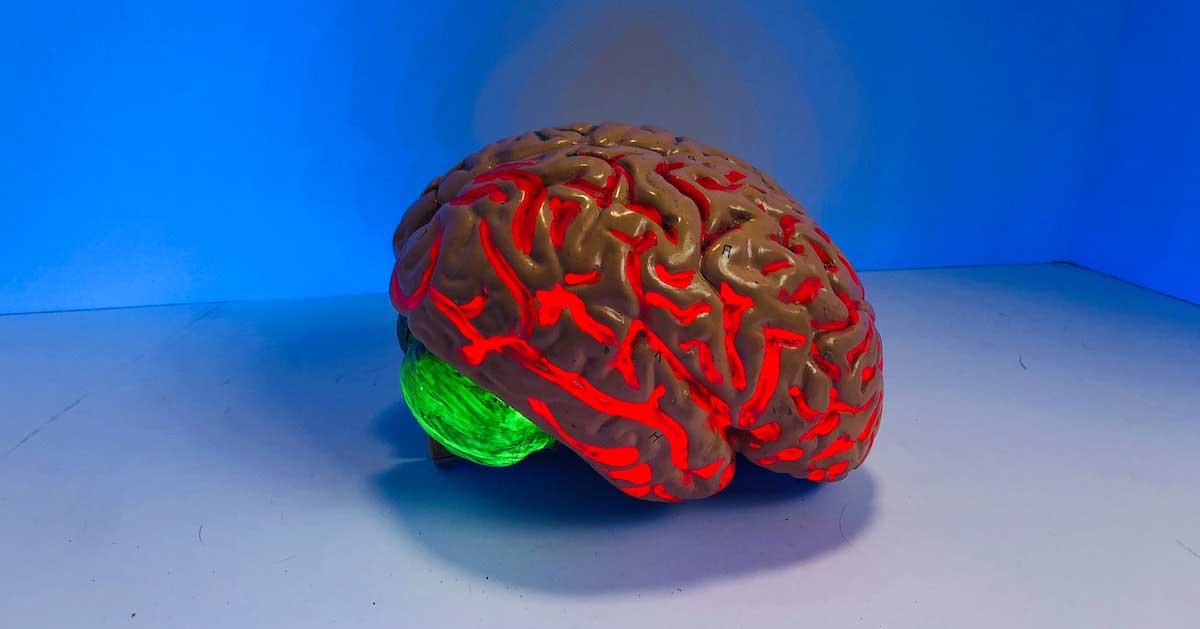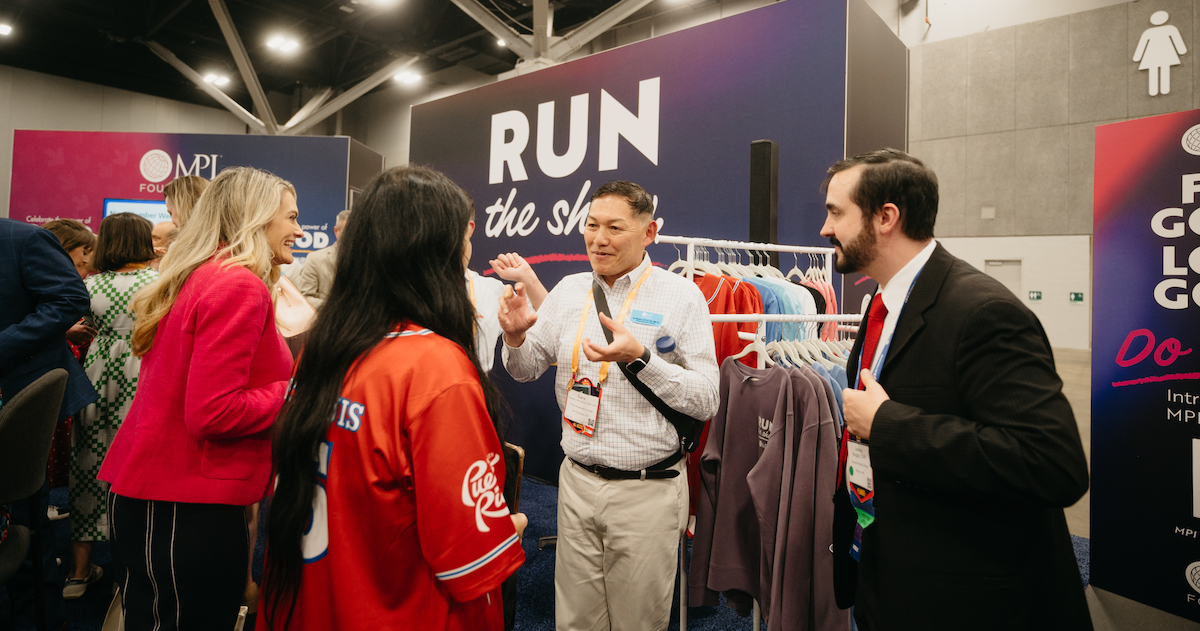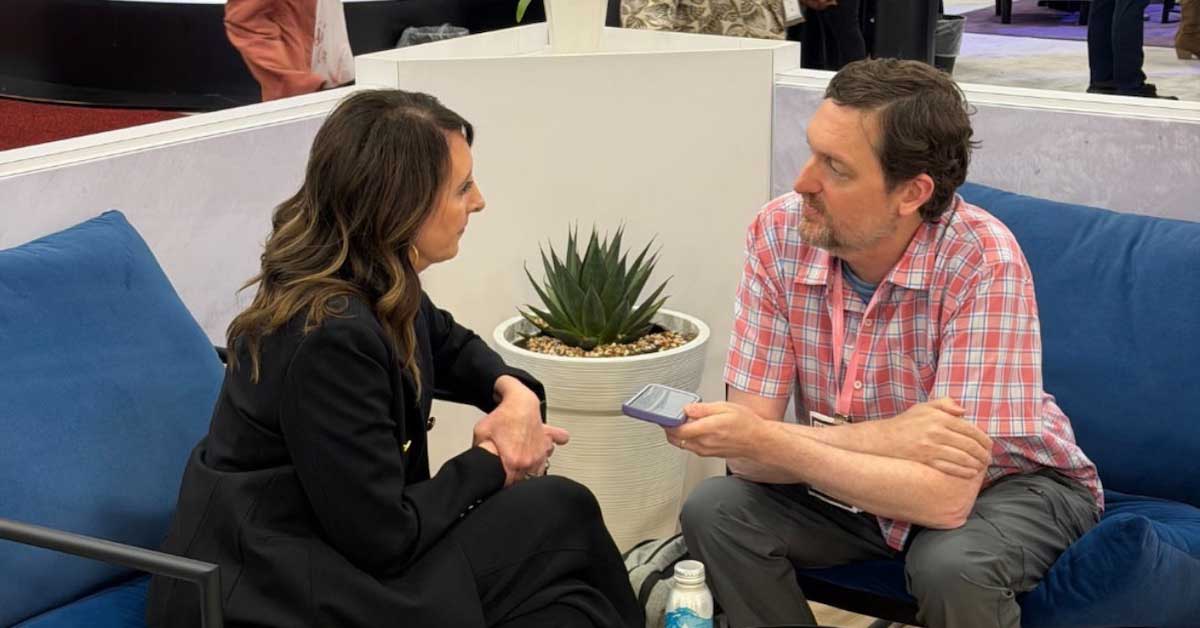How do you as a meeting planner defeat unconscious bias? First, you need to know what it is.
Unconscious bias (also known as implicit bias) refers to unconscious forms of discrimination and stereotyping based on race, gender, sexuality, ethnicity, ability, age and so on. It differs from cognitive bias, which is a predictable pattern of mental errors that result in us misperceiving reality and, as a result, deviating away from the choices that would most likely reach our goals.
Cognitive biases impact all sorts of decisions, not simply the way we evaluate people. For example, as this study reveals, these biases harm our shopping choices as consumers. In other words, from the perspective of what is best for us as individuals, falling for a cognitive bias always harms us by lowering our probability of getting what we want. Despite cognitive biases sometimes leading to discriminatory thinking and feeling patterns, these are two separate and distinct concepts.
It’s incumbent upon meeting planners both to understand and to overcome unconscious bias.
Cognitive biases are common across humankind and relate to the particular wiring of our brains, while unconscious bias relates to perceptions between different groups and is specific for the society in which we live. For example, I bet you don’t care or even think about whether someone is a noble or a commoner, yet that distinction was fundamentally important a few centuries ago across Europe. To take another example—geographic, instead of one across time—most people in the U.S. don’t have strong feelings about Sunni vs. Shiite Muslims, yet this distinction is incredibly meaningful in many parts of the world.
In my recent presentation for the MPI Academy on defeating unconscious bias in meeting planning, I highlighted how it’s incumbent upon meeting planners both to understand and to overcome unconscious bias (recording available here). Doing so not only helps you create more inclusive events; it helps you run the business side of meeting planning most successfully.
The most important pair of cognitive biases for meeting planners in addressing unconscious bias are the halo effect and the horns effect. The halo effect refers to the fact that when we like one aspect of someone, we overestimate their other characteristics. Usually this liking stems from a similarity between us and the other person. Conversely, if we dislike one aspect of a person, frequently due to a difference between us and them, we’ll tend to underestimate all of their other characteristics.
Say you’re choosing a caterer. Did you know you’re more likely to select the one whose sales rep you perceive as more aesthetically pleasing even if the sales rep doesn’t do the catering? Research suggests you’ll unconsciously find reasons to talk yourself into selecting the person, even if they would not be the first choice by objective measures.
The halo effect refers to the fact that when we like one aspect of someone, we overestimate their other characteristics
Or say you’re considering how much time and effort to invest into minimizing the prospect for microaggressions toward minority event attendees. Unless you’re a member of that minority, you’re likely to underestimate the impact of such discrimination on the minority attendees. Thus, you’ll misallocate your resources to their detriment.
Such unconscious bias by meeting planners, or by attendees who discriminate against minority attendees, is often unintentional—that’s why we call it unconscious bias. The discriminatory behavior results from unconscious, implicit thought processes that the meeting planner would not consciously endorse.
Fortunately, research shows that you can overcome these mental blindspots to make the best people decisions. One way to overcome cognitive biases involves using a decision aid, such as this website that narrows our choices to the top 10. An externally vetted list by a trusted third party, such as a highly credible publication, will minimize the impact of your own unconscious biases.
Another strategy involves specifically focusing on observing differences and similarities between yourself and other people or groups. Notice whether the difference makes you feel more enthusiastic/optimistic/positive toward these people or more cautious/skeptical/negative toward them. Then, as you’re making choices about who to work with or how much resources to invest in each, deliberately lower your estimates of the former and raise your estimates of the latter. This skill gets much easier over time and with practice, and can help you learn about and address your own unconscious bias as a meeting planner.
Photo by Natasha Connell on Unsplash







